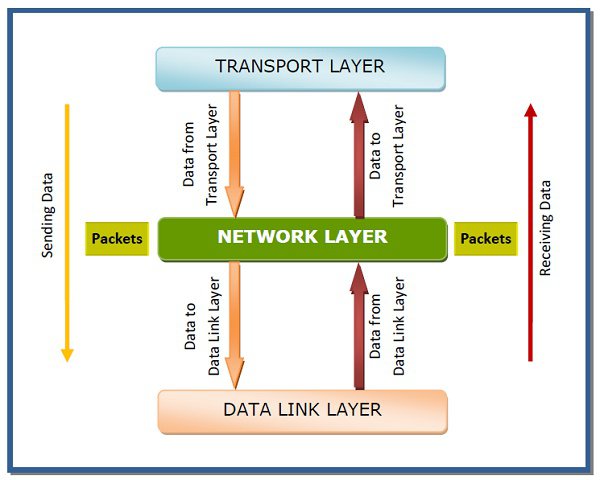
Functions of the Network Layer in the OSI Reference Model
Introduction to OSI
In the realm of computer networking, the OSI (Open Systems Interconnection) Reference Model serves as a crucial blueprint for understanding the complex communication processes between devices. The Network layer, positioned at the third level of the OSI model, plays a pivotal role in managing data transmission across multiple networks.
In this article, we will explore the key functions of the Network layer, shedding light on its significance in establishing seamless and efficient data routing. Let’s delve into the vital functions of this essential layer.
Logical Addressing and Routing
- The Network layer introduces the concept of logical addressing, assigning a unique identifier to each device on a network.
- This address, commonly known as an IP (Internet Protocol) address, enables efficient routing of data packets.
- By analyzing the destination IP address, the Network layer determines the best path for data transmission through various interconnected networks.
- Routing algorithms ensure that data reaches its intended destination in the most optimal manner, even when multiple paths are available.
Packet Fragmentation and Reassembly
- Data transmitted over networks is often divided into smaller units called packets to facilitate efficient transfer.
- The Network layer is responsible for packet fragmentation, breaking large chunks of data into smaller, manageable pieces suitable for transmission across the network.
- At the receiving end, the Network layer reassembles these packets into their original form, ensuring seamless data delivery.
Network Address Translation (NAT)
- In scenarios where multiple devices share a single public IP address, Network Address Translation (NAT) comes into play.
- NAT allows a router to map multiple private IP addresses to a single public IP address, effectively hiding the internal network structure from external entities.
- NAT plays a crucial role in conserving IP addresses and enhancing network security.
Congestion Control
- Network congestion occurs when the volume of data surpasses the network’s capacity, leading to performance degradation and delays.
- The Network layer is equipped with congestion control mechanisms to monitor network traffic and prevent congestion.
- By regulating the flow of data and dynamically adjusting transmission rates, congestion control ensures smooth data delivery even during peak usage.
Error Handling and Packet Forwarding
- Errors are an inevitable part of data transmission across networks. The Network layer employs error handling techniques to detect and correct errors in data packets.
- In case a packet encounters errors that cannot be fixed, the Network layer may request the sender to retransmit the data.
- Additionally, the Network layer performs packet forwarding, directing data packets to their next hop along the route to the destination.
Inter-network Communication
- The Network layer enables communication between different networks, regardless of their underlying technologies.
- It serves as the bridge that connects distinct networks, allowing seamless data exchange across heterogeneous environments.
- Routers, operating at the Network layer, play a pivotal role in this inter-network communication by determining the optimal paths for data to traverse between source and destination.
Conclusion
The Network layer of the OSI Reference Model is a vital component in the world of computer networking. By providing logical addressing, efficient routing, packet fragmentation, and reassembly, as well as managing congestion and error handling, this layer ensures smooth and reliable data transmission across diverse networks. Embracing the functions of the Network layer in network design and implementation empowers engineers to create robust, scalable, and interconnected systems.
In today’s interconnected world, the Network layer continues to evolve, adapting to emerging technologies and meeting the ever-growing demands of modern communication. Understanding the functions of the Network layer allows network administrators to optimize network performance, enhance security, and provide a seamless user experience, making it a cornerstone in the success of modern computer networks.